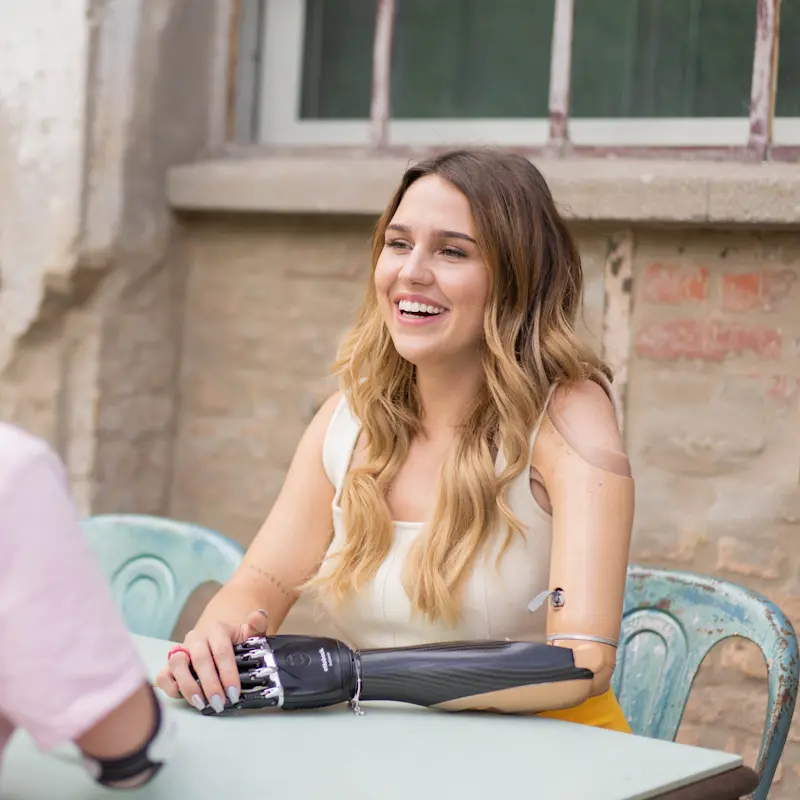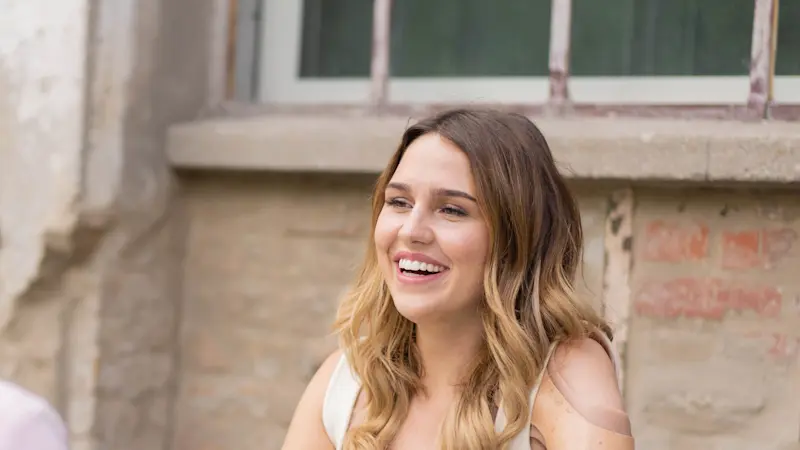
We've Rebranded
We are pleased to announce that we have joined the Ottobock Patient Care division and have rebranded as Ability Ottobock.care. We are proud to take the next steps in joining this excellent network of orthotics and prosthetics clinics.
We are pleased to announce that we have joined the Ottobock Patient Care division and have rebranded as Ability Ottobock.care. We are proud to take the next steps in joining this excellent network of orthotics and prosthetics clinics.
For many years, Ability Prosthetics & Orthotics has provided the highest quality care to our patients and we continue to do so by ways of improving our level of service. We are pleased to announce that we have joined the Ottobock Patient Care division and will be rebranding as Ability Ottobock.care. We are proud to take the next steps in joining this excellent network of orthotics and prosthetics clinics.
Clinic Locations
What is Ottobock.care?
Ottobock Patient Care is the clinical services division of Ottobock North America. Already known for its worldwide excellence in prosthetic and orthotic medical device manufacturing and professional clinical education, Ottobock entered the US patient care market in 2019 and now provides clinical services in 85 locations across 14 states. Ottobock Patient Care is dedicated to its vision of prosthetic and orthotic excellence through the integration of research, education, leading treatment, and outstanding patient experience.
What's New?
You may have noticed a few changes, and not just in our logo. Along with a refreshed website, we've added some new features to make your online experience match your in-person experience. Our website will continue to grow and incorporate resources to benefit our patients and professionals. Look around and check it out!
Have Any Questions?
Please contact your nearest Ability Ottobock.care clinic or fill out the form below if you can't find what you were looking for and we'll get back to you as soon as possible.
Reach us at +1 (800) 455-0058

